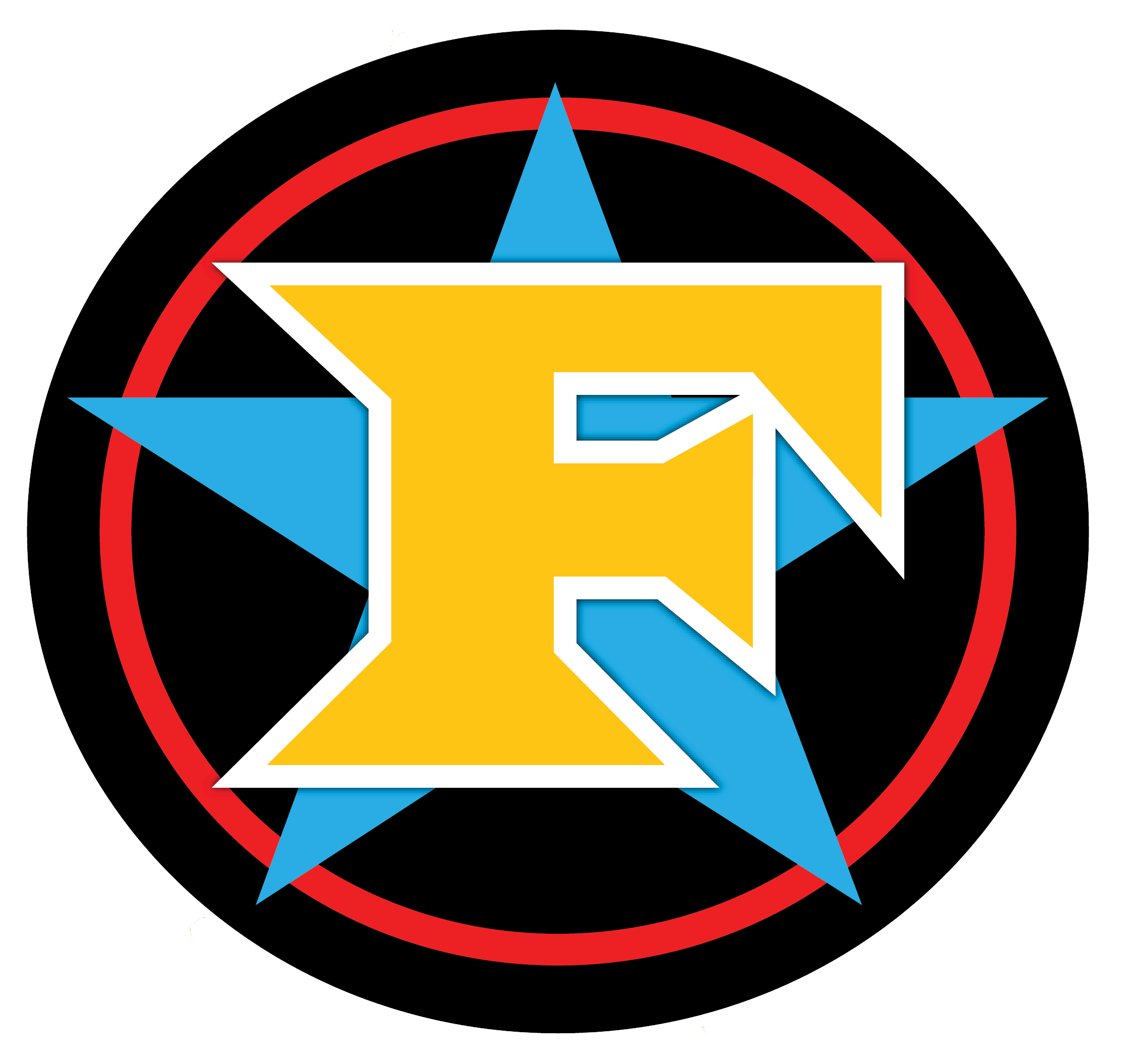Chiefs alum Howard finesses his way into Draft
On April 15, some 45 scouts assembled at the Central Michigan-Kent State game to take advantage of a two-for-one deal: lefties Trent Howard and Andrew Chafin dueling each other.
And if any of the talent bird dogs gave odds before the game on which southpaw would strike out the first nine batters, they likely have chosen Chafin, Kent State’s hard thrower projected as a late first- or early second-round pick in this week’s Major League Baseball amateur draft.
They didn’t need to charge their radar guns for Howard, a lifelong Hammond native, who barely tickles 90 mph and is projected to be drafted somewhere between the third and eighth rounds.
After three innings, the murmur among the scouts must have reached a crescendo. It was Clark alum Howard, a 6-foot-2, 198-pound junior, who had fanned the entire Kent State order, one through nine, and ended up with 11 strikeouts in seven innings in the eventual 2-1 Chippewas victory.
“The Kent State game was a big one for me,” Howard said in an understatement.
And if the scouts weren’t convinced Howard didn’t deserve a big write-up for their scouting supervisors, then they apparently weren’t watching the same game.
“I’ve never seen it before in college baseball,” said Central Michigan pitching coach Jeff Opalewski. “That was a pretty electric atmosphere. He (Howard) was doing what he does. All four pitches to all four locations. He had a pretty stiff wind in his face, so his fastball moving more and everything had better life.”
In striking out 96 hitters in 87 innings for Central Michigan, Howard twice won MAC West pitcher of the week honors. He mixed a tailing fastball, tight curve, changeup geared to baffle right-handed hitters and a cutter to round out a repertoire he began developing under the tutelage of instructor Jim Nohos at Dave Griffin’s Baseball Academy in Griffith.
“I’m not very surprised about the strikeouts,” said Howard, back home in Hammond awaiting a call Tuesday, the second day of the draft. “I know how to work hitters and keep them off-balance. I have enough movement on my stuff and that’s what’s generating a lot of swings and misses. That’s what’s generating the interest in me — swings and misses. Swings and misses aren’t always easy to come by.”
Some late-season muscle fatigue might have knocked down Howard’s rating with some organizations. Still, he and adviser Barry Meister, a longtime Chicago-based agent, have been contacted by all 30 teams.
Howard grew up a Cubs fan. He has talked to area scout Stan Zielinski, who informed him of the North Siders’ interest. Cubs scouting director Tim Wilken has watched Howard pitch twice.
White Sox scouting director Doug Laumann saw Howard pitch at Ball State, while his area scouts got a bead on him during other games.
“He’s a guy who’s on our draft board,” Laumann said. “We have some interest in him.
“You got guys like that (non-hard throwing lefties who succeed). We got one here (Buehrle) who’s won 150-some games who probably has the same kind of velocity. The fact that he throws strikes, the fact that he’s got the four pitches certainly puts him in consideration to be a draft pick.”
Another scouting analysis projects Howard as a “fifth-starter type” who needs to be consistent with his delivery. But Howard won’t cash in on a $10 million payday like Samardzija, when the latter announced in 2007 he’d give up football. A third- to fourth-round pick this year can expect a $200,000 to $300,000 signing bonus. A fifth- to eighth-rounder would garner between $125,000 and $175,000.
Howard doesn’t miss having the blazing fastball that would have netted him at least a seven-figure deal as a first-rounder.
“It’s nice being that non-traditional type of pitcher where I’m not throwing 95 (mph),” he said. “The Mariners’ scout said you don’t necessarily have to bring out the radar guns on me because that’s not telling how I’m pitching. Let’s see how he’s pitching, let’s see his thought process. It’s nice to be different.”
